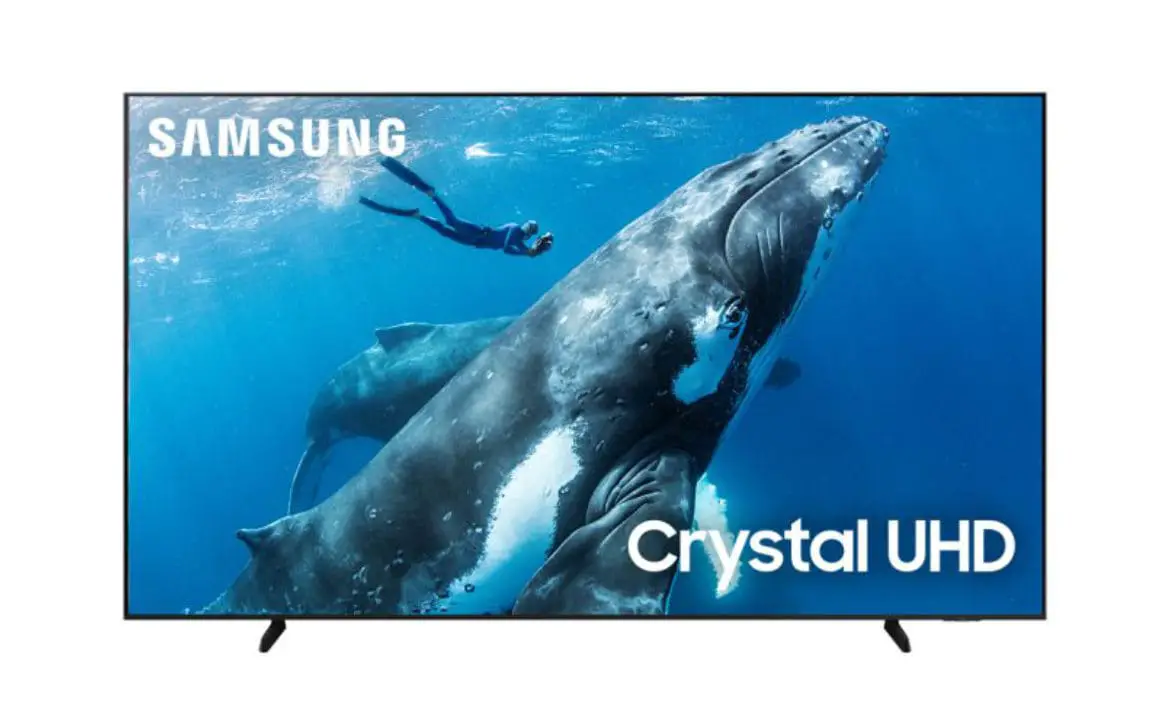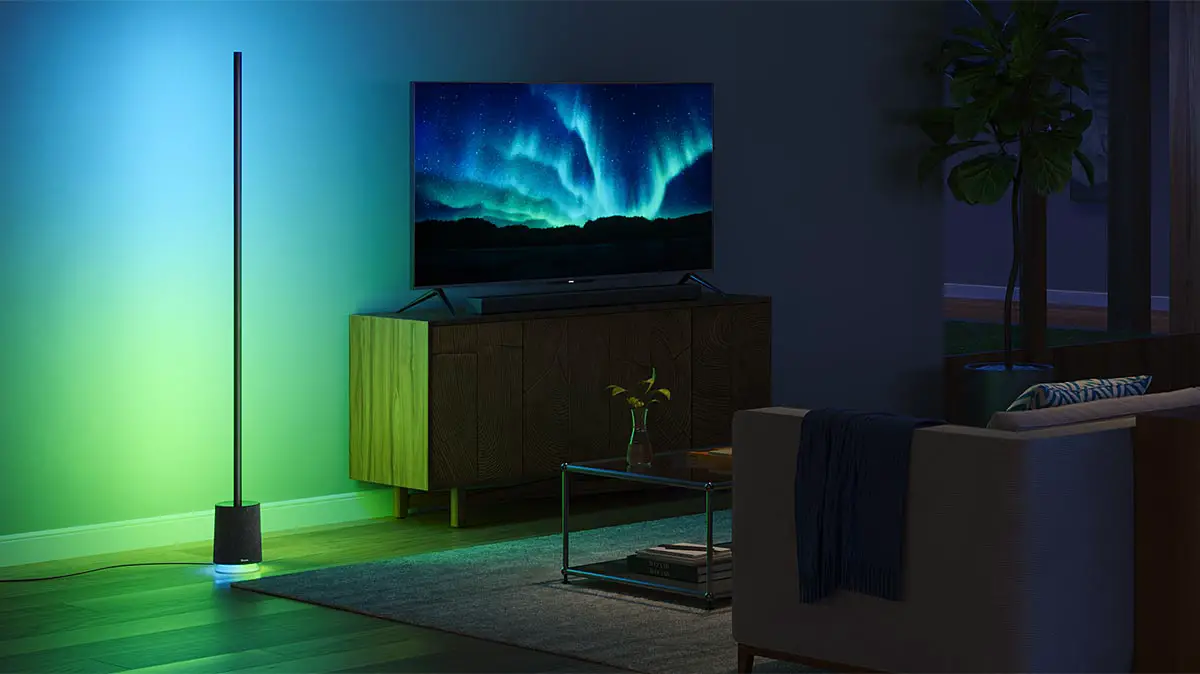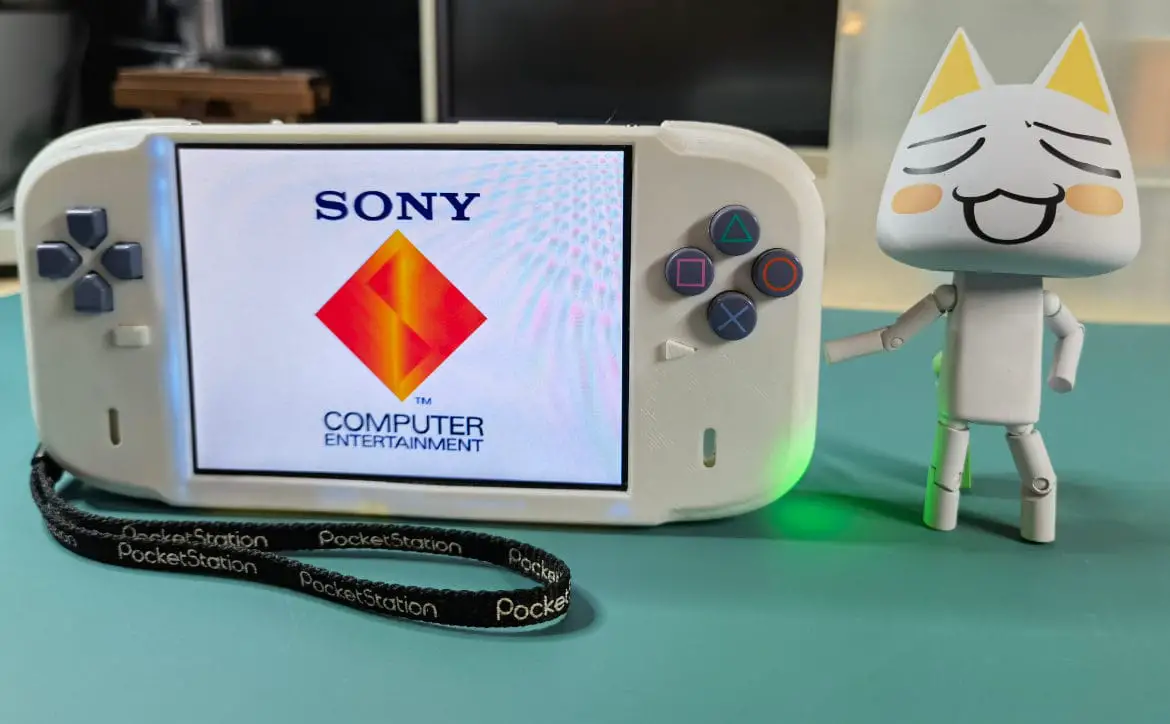The ads that you can see are already obnoxious enough in some cases. Even though we do our best here at Techaeris to keep advertising to a minimum, we understand and have seen how obtrusive ads can adversely affect the browsing and reading experience. A relatively new type of advertising — or more specifically, user tracking — has started to pop up recently. Researchers at the Brunswick Technical University in Germany have found that an increasing number of Android apps include ultrasonic ad tracking beacons.
The trackers make use of Ultrasound Cross-Device Tracking (uXDT), in which an advertisement will emit a tone inaudible to the human ear. Beacons in nearby computers, phones, laptops, etc. will recognize these tones and use the gathered information to pin together a picture for a user. For example, if your TV is playing an ad and your smartphone picks up the ultrasonic tones emitted, advertisers can link the advertising profile for your TV together with the advertising profile for your phone, allowing for a more unified and tailored advertising experience that you probably don’t really want.
The same researchers studied retail establishments around the EU and found that 4 of the 35 stores they checked did have ultrasonic emitters, though on their own that wouldn’t cause much of a problem. In order to really do anything, a device running the necessary SDK would have to allow that emitter access. The beacon would need to be able to accept the signal. You can probably already see where this is going…
The researchers studied a large selection of Android apps (1.3 million, to be exact), and found that the number that include some sort of uXDT monitoring has increased significantly. From a mere 9 in April, 2015 up to 39 in December, 2015, and finally 234 in their most recent study. Unfortunately no list was provided, though you can read more about the process in their research paper if you’re so inclined.
So just in case you weren’t picking up on what I was alluding to a few paragraphs ago, say you’re at a store, and there’s all kinds of signage about that store’s new app… workers ask if you’ve installed the app, commercials offer discounts or other incentives to use their new app while you’re in the store… is it starting to make sense now? I shouldn’t generalize so much, it’s entirely possible that these companies have no ulterior motives for wanting you to user their app inside of their stores, though one of the two companies specifically mentioned in the research paper has having tracking in their app — McDonald’s — has been spending a lot of advertising dollars suggesting that you use their app in their stores recently. You could very easily be telling McDonald’s and their advertising partners exactly when you are in their store (and which store you’re in), along with exactly what you are ordering.
The takeaway here really just goes to show that advertisers are going to do whatever they can to get your attention, and learn more about you in hopes of tailoring their advertising experience to your exact likes, wants, and needs.
What do you think about this type of tracking? Should companies be more open when using this type of thing? Tell us what you think in the comment section below, or on Google+, Twitter, or Facebook.
[button link=”https://www.bleepingcomputer.com/news/security/234-android-applications-are-currently-using-ultrasonic-beacons-to-track-users/” icon=”fa-external-link” side=”left” target=”blank” color=”285b5e” textcolor=”ffffff”]Source: Bleeping Computer[/button]








